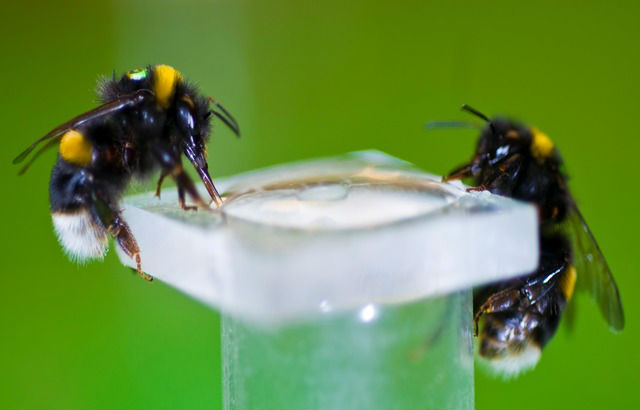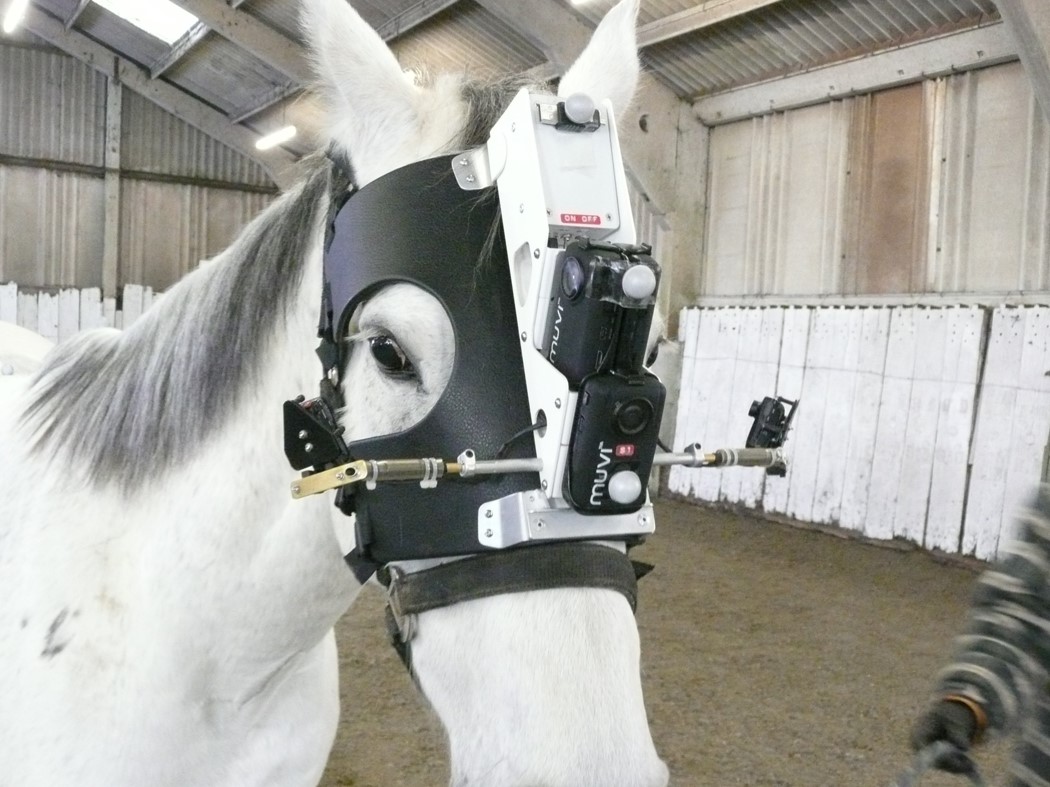Understanding animal vision

Some birds can see ultra-violet light, insects often see in (almost) 360 degrees. Flying insects sense how the world is moving without seeing an image and deep sea fish are sensitive to even the very smallest amounts of light. We often forget that other animals see their world very differently from us, and that such seemingly improbable visual abilities are common throughout the animal kingdom.
Research in BVI (School of Biological Sciences) covers diverse aspects of animal visual perception, but one particular focus is on a particular widespread and remarkable visual ability, polarisation vision
BVI researchers Martin How and Nicholas Roberts have discovered several new ways animals see polarisation to improve visual contrast, how they use eye movements to enhance visual information and how animals use and create visual signals. Liquid Crystal Display technology, developed by BVI to measure how animals (including humans), are able to see the polarisation of light has now been adopted around the world for studying animal behaviour. This, along with our new camera developments, is being used to illustrate how animals see and enhances our understanding of how animals really see in their own visual environment.
This work has been performed in collaboration with various industry partners, film companies and corporations such as the BBC. It has also led to the creation of new methodologies and tools to evaluate the performance of different forms of camouflage in different animals and humans.
